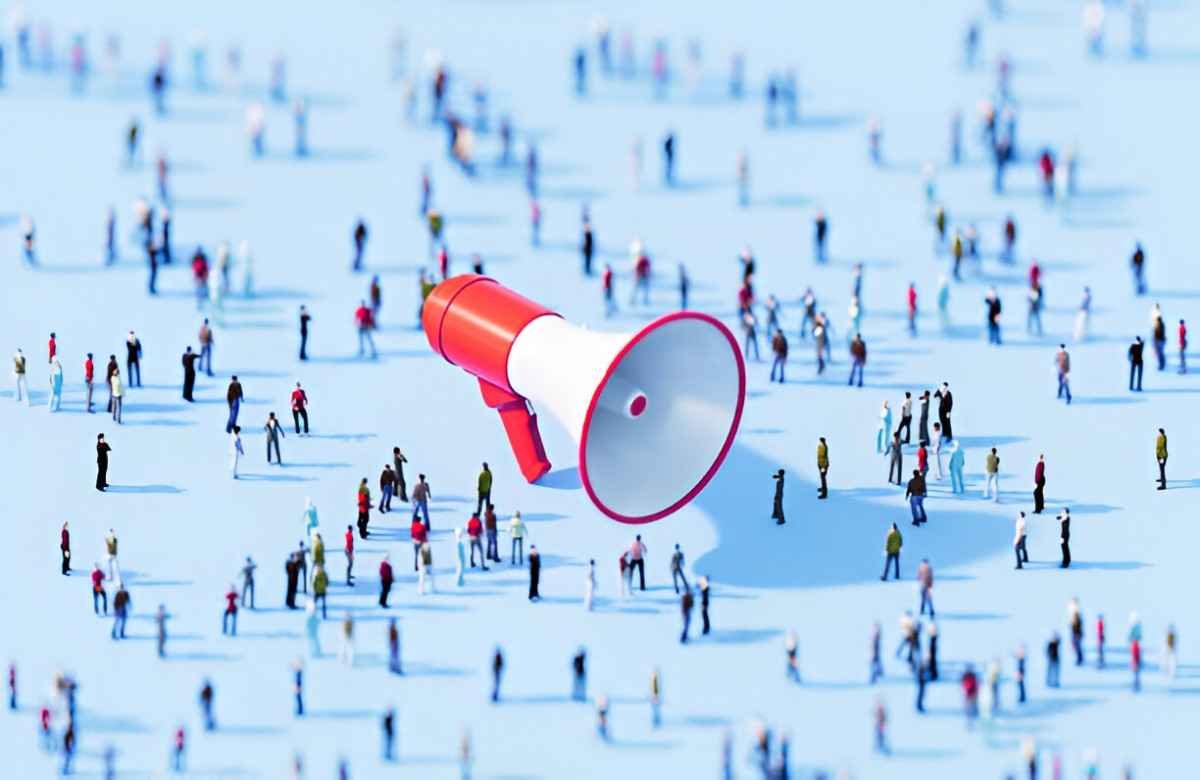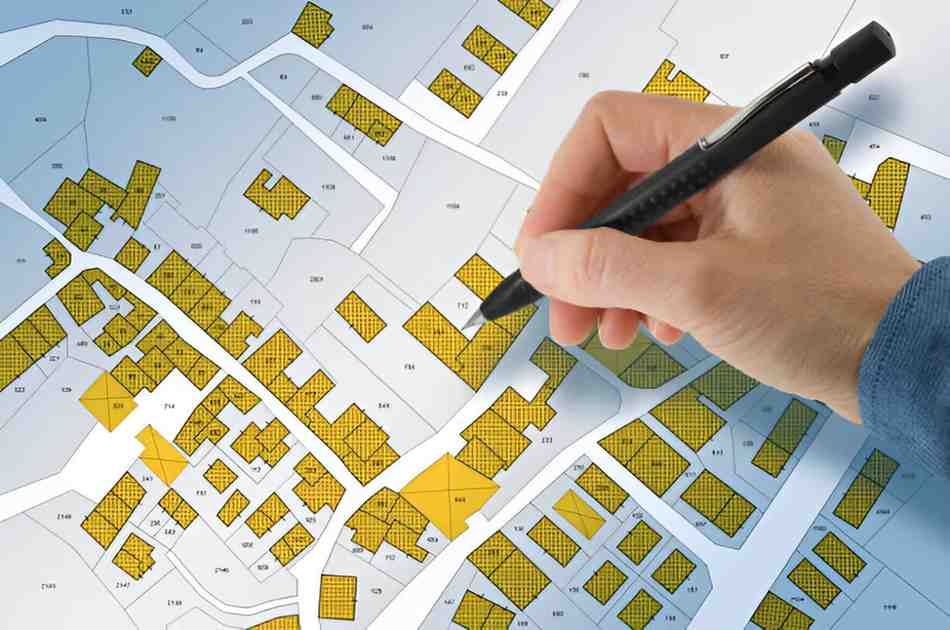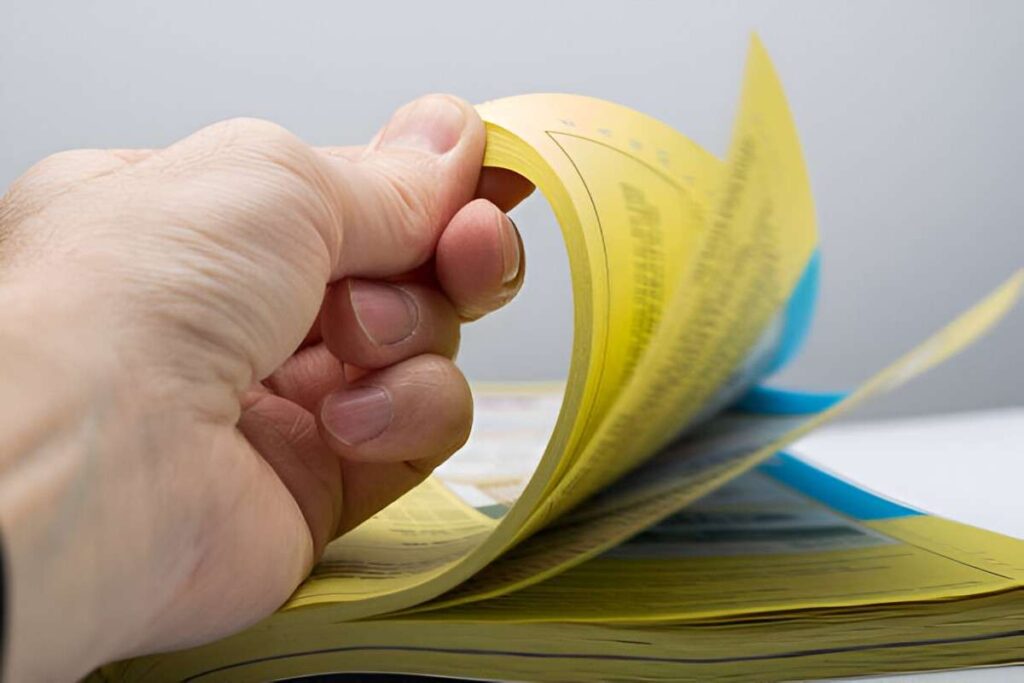Publicity is a force that shapes perceptions, drives decisions, and influences outcomes in ways that are often underestimated. As someone who has spent years studying finance and accounting, I’ve come to appreciate how publicity—whether positive or negative—can impact businesses, individuals, and even entire economies. In this article, I’ll break down the concept of publicity, explore its mechanisms, and provide real-world examples to illustrate its power. I’ll also delve into the financial implications of publicity, using simple mathematical expressions to clarify key points. By the end, you’ll have a deeper understanding of how publicity works and why it matters.
Table of Contents
What Is Publicity?
Publicity refers to the visibility or attention that a person, organization, or event receives from the public or media. Unlike advertising, which is paid for and controlled, publicity is often earned through actions, events, or newsworthy occurrences. It can be positive, such as a company receiving praise for innovation, or negative, like a scandal that tarnishes a brand’s reputation.
Publicity is a form of communication, but it’s distinct from other forms like marketing or public relations. While marketing focuses on promoting products or services, and public relations aims to manage relationships with stakeholders, publicity is about generating attention. It’s the spark that ignites conversations and shapes public opinion.
The Financial Impact of Publicity
From a financial perspective, publicity can have profound effects on a company’s bottom line. Let’s start by examining how publicity influences revenue and costs.
Revenue Impact
Positive publicity can lead to increased sales, higher customer loyalty, and improved brand equity. For example, when a company launches a groundbreaking product and receives widespread media coverage, it can experience a surge in demand. This can be quantified using the following formula:
\text{Revenue Increase} = \text{Baseline Revenue} \times \text{Publicity Multiplier}Here, the Publicity Multiplier represents the percentage increase in revenue attributable to positive publicity. For instance, if a company’s baseline revenue is $1 million and the publicity multiplier is 20%, the revenue increase would be:
\text{Revenue Increase} = \$1,000,000 \times 0.20 = \$200,000Conversely, negative publicity can lead to a decline in revenue. A company embroiled in a scandal might see customers switch to competitors, resulting in a revenue decrease. This can be expressed as:
\text{Revenue Decrease} = \text{Baseline Revenue} \times \text{Negative Publicity Factor}If the negative publicity factor is 15%, the revenue decrease would be:
\text{Revenue Decrease} = \$1,000,000 \times 0.15 = \$150,000Cost Impact
Publicity also affects costs. Positive publicity can reduce marketing expenses, as the media coverage serves as free advertising. On the other hand, negative publicity can lead to increased costs, such as legal fees, crisis management, and efforts to rebuild trust.
For example, consider a company that spends $100,000 annually on marketing. If positive publicity reduces the need for paid advertising by 30%, the cost savings would be:
\text{Cost Savings} = \$100,000 \times 0.30 = \$30,000In contrast, negative publicity might require additional spending on damage control. If a company spends $50,000 on crisis management, the net cost impact would be:
\text{Net Cost Impact} = \$50,000 - \$30,000 = \$20,000The Role of Media in Publicity
Media plays a crucial role in shaping publicity. Traditional media outlets like newspapers, television, and radio, as well as digital platforms like social media and blogs, amplify messages and reach wide audiences. The speed and reach of digital media have made publicity more powerful—and more volatile—than ever before.
The Amplification Effect
Media acts as a multiplier, amplifying the impact of publicity. A single news story can go viral, reaching millions of people within hours. This amplification effect can be represented as:
\text{Amplified Impact} = \text{Initial Impact} \times \text{Media Reach}For instance, if a product launch generates an initial impact of $50,000 in sales and the media reach is 10x, the amplified impact would be:
\text{Amplified Impact} = \$50,000 \times 10 = \$500,000The Double-Edged Sword
While media can magnify positive publicity, it can also exacerbate negative publicity. A minor issue can escalate into a full-blown crisis if it gains traction in the media. This is why companies must be proactive in managing their public image.
Real-World Examples of Publicity
To better understand the power of publicity, let’s examine some real-world examples.
Positive Publicity: Tesla’s Cybertruck Launch
When Tesla unveiled its Cybertruck in 2019, the event generated massive publicity. Despite the unconventional design and a mishap during the demonstration, the launch captured global attention. Media coverage and social media buzz drove unprecedented interest in the product, leading to over 250,000 pre-orders within a week.
The financial impact was significant. Tesla’s stock price surged, and the company gained millions of dollars in free advertising. This example illustrates how positive publicity can create a virtuous cycle, boosting both revenue and brand equity.
Negative Publicity: United Airlines’ Passenger Incident
In 2017, United Airlines faced a public relations nightmare when a passenger was forcibly removed from an overbooked flight. The incident, captured on video, went viral, sparking outrage and calls for a boycott. United’s stock price dropped by 4%, wiping out nearly $1 billion in market value.
The company incurred additional costs in the form of legal settlements, crisis management, and efforts to rebuild its reputation. This case highlights how negative publicity can lead to immediate financial losses and long-term damage.
Measuring the Impact of Publicity
Quantifying the impact of publicity can be challenging, but it’s essential for making informed decisions. Here are some methods I’ve found useful:
Media Monitoring
Tracking media coverage helps assess the reach and sentiment of publicity. Tools like Google Alerts, Meltwater, and Hootsuite can provide insights into how often a company is mentioned and whether the coverage is positive, negative, or neutral.
Financial Metrics
Analyzing financial metrics like revenue, stock price, and customer acquisition costs can reveal the tangible effects of publicity. For example, a spike in sales following a media campaign suggests a positive impact.
Surveys and Feedback
Conducting surveys and gathering customer feedback can provide qualitative insights into how publicity is influencing perceptions. This information can complement quantitative data, offering a more comprehensive view.
The Psychology of Publicity
Publicity works because it taps into human psychology. People are naturally drawn to stories, especially those that evoke emotions like excitement, curiosity, or outrage. This emotional connection makes publicity more persuasive than traditional advertising.
The Bandwagon Effect
When people see others praising a product or brand, they’re more likely to follow suit. This phenomenon, known as the bandwagon effect, is a key driver of publicity’s power. It can be represented as:
\text{Bandwagon Effect} = \text{Initial Adoption} \times \text{Social Proof}For example, if 1,000 people initially adopt a product and the social proof factor is 5x, the bandwagon effect would result in:
\text{Bandwagon Effect} = 1,000 \times 5 = 5,000 \text{ adopters}The Scarcity Principle
Publicity often creates a sense of scarcity, making people feel that they need to act quickly to avoid missing out. This principle is particularly effective in driving demand for limited-edition products or time-sensitive offers.
Publicity in the Digital Age
The rise of digital media has transformed the publicity landscape. Social media platforms like Twitter, Instagram, and TikTok enable individuals and organizations to reach global audiences instantly. However, this also means that publicity can be more unpredictable and harder to control.
Viral Marketing
Viral marketing leverages the power of social sharing to amplify publicity. A well-crafted campaign can spread like wildfire, reaching millions of people at minimal cost. The virality of a campaign can be measured using the viral coefficient:
\text{Viral Coefficient} = \text{Average Shares per User} \times \text{Conversion Rate}For example, if each user shares a campaign with 10 people and the conversion rate is 20%, the viral coefficient would be:
\text{Viral Coefficient} = 10 \times 0.20 = 2A viral coefficient greater than 1 indicates exponential growth, making the campaign highly effective.
Influencer Partnerships
Collaborating with influencers is another way to harness the power of publicity. Influencers have loyal followings and can lend credibility to a brand. However, it’s important to choose influencers whose values align with the brand to avoid backlash.
Ethical Considerations
While publicity can be a powerful tool, it must be used ethically. Misleading or manipulative tactics can backfire, damaging trust and credibility. Transparency and authenticity are key to building lasting relationships with the public.
Conclusion
Publicity is a multifaceted force that shapes perceptions, drives decisions, and influences outcomes. Its impact can be quantified in financial terms, but its true power lies in its ability to connect with people on an emotional level. By understanding the mechanisms of publicity and learning from real-world examples, we can harness its potential to achieve our goals. Whether you’re a business owner, a marketer, or simply someone interested in the dynamics of public opinion, I hope this article has provided valuable insights into the power of publicity.





